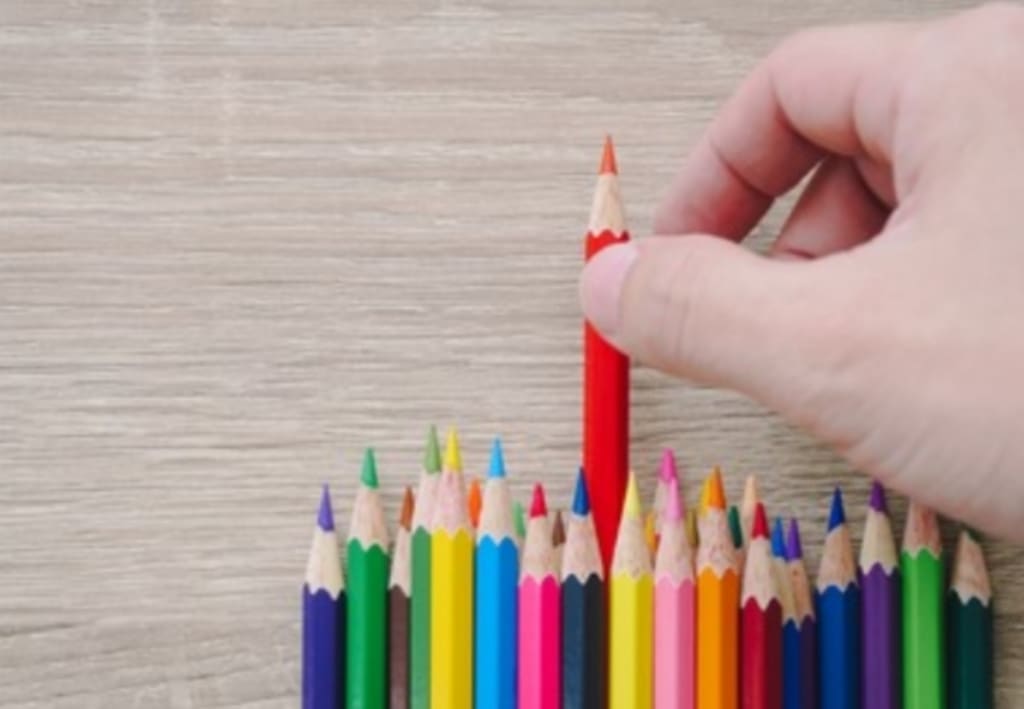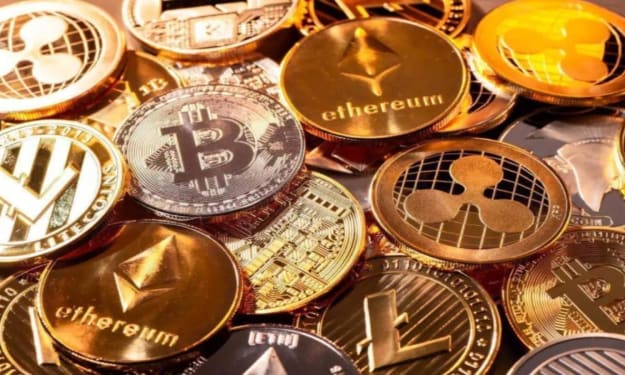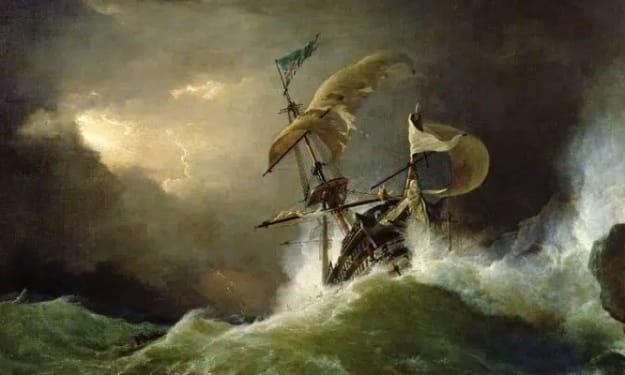Creating art is a profoundly human activity
The creation of art is a multifaceted process that combines inspiration

Creating art is a profoundly human activity that encompasses a vast range of forms, techniques, and purposes. From ancient cave paintings to contemporary digital installations, the process of creating art has evolved in tandem with human civilization, reflecting cultural shifts, technological advancements, and individual creativity. Here is an exploration of the art creation process, focusing on its fundamental aspects, methods, and the varied motivations behind artistic endeavors.
### The Artistic Impulse
At its core, the creation of art is driven by the impulse to express. This urge can be rooted in a desire to communicate emotions, tell stories, explore philosophical questions, or simply indulge in the joy of creation. For many artists, the act of creating is a form of self-exploration and a way to connect with the world around them. This impulse is timeless and universal, transcending cultural and temporal boundaries.
### Conceptualization and Inspiration
The initial phase of art creation often involves conceptualization and inspiration. Artists may draw inspiration from a variety of sources, including nature, personal experiences, historical events, and other works of art. This stage can involve brainstorming, sketching, or even meditative contemplation. Some artists keep journals or sketchbooks to jot down ideas and visual motifs that can be developed later. The process of finding inspiration is deeply personal and can vary widely among artists.
### Medium and Technique
The choice of medium is a critical decision in the art-making process. Each medium—whether it be painting, sculpture, photography, digital media, or performance—offers unique possibilities and challenges. Artists must have a thorough understanding of their chosen medium to effectively translate their vision into reality.
For painters, this involves selecting the appropriate type of paint (oil, acrylic, watercolor), canvas, and brushes. Sculptors must choose materials such as clay, stone, metal, or wood, and understand the techniques for shaping and manipulating these materials. Digital artists need proficiency in software tools and technologies that allow them to create virtual artworks.
### The Creative Process
The actual process of creating art varies widely depending on the artist and medium. However, it generally involves several key stages:
1. **Planning and Drafting**: Many artworks begin with a preliminary plan or draft. This could be a detailed sketch, a digital mock-up, or a conceptual outline. Planning helps to organize thoughts and provides a roadmap for the creation process.
2. **Execution**: This is the most intensive phase, where the artist brings their vision to life. It involves applying paint to canvas, chiseling stone, assembling mixed media, or manipulating digital elements. The execution phase requires technical skill, patience, and often a willingness to experiment and take risks.
3. **Revision and Refinement**: Art is rarely created in a single, uninterrupted flow. Artists often step back from their work to evaluate progress and make adjustments. This iterative process of revision and refinement helps to hone the final piece, ensuring it aligns with the artist’s vision.
4. **Completion and Presentation**: Deciding when a work of art is complete can be challenging. Many artists have a sense of when their work has reached its final form, but others may continue to tweak and refine endlessly. Once completed, the artwork is often prepared for presentation, which might involve framing, mounting, or digital rendering.
### Artistic Intent and Interpretation
An essential aspect of art creation is the artist’s intent. What message, emotion, or concept does the artist want to convey? This intent can be explicit or implicit, clear or ambiguous. It influences the choice of subject matter, style, and composition.
Equally important is the interpretation of the artwork by its audience. Viewers bring their own experiences, emotions, and perspectives to their interpretation of art, which can lead to a wide range of responses. This dynamic interaction between artist and audience adds depth to the artistic experience and often results in multiple layers of meaning.
### Cultural and Social Context
Art does not exist in a vacuum; it is deeply embedded in cultural and social contexts. The creation of art is influenced by historical periods, cultural movements, and social issues. For example, Renaissance art was characterized by a focus on humanism and classical beauty, while modern art often explores abstraction and questions traditional boundaries. Contemporary art frequently engages with political, environmental, and social themes, reflecting the concerns and values of the present time.
### Innovation and Evolution
Art is continually evolving, driven by innovation in both technique and technology. The advent of digital tools and platforms has expanded the possibilities for creation and distribution, allowing artists to reach global audiences and experiment with new forms. Virtual reality, augmented reality, and interactive installations are just a few examples of how technology is reshaping the artistic landscape.
### Conclusion
The creation of art is a multifaceted process that combines inspiration, technical skill, and personal expression. It is influenced by individual creativity as well as broader cultural and social factors. Whether through traditional media or cutting-edge technology, artists continue to push the boundaries of what is possible, exploring new ways to interpret and represent the world around them. Through their work, they invite viewers to share in their vision, sparking dialogue, reflection, and emotional connection.
About the Creator
Enjoyed the story? Support the Creator.
Subscribe for free to receive all their stories in your feed.






Comments
There are no comments for this story
Be the first to respond and start the conversation.